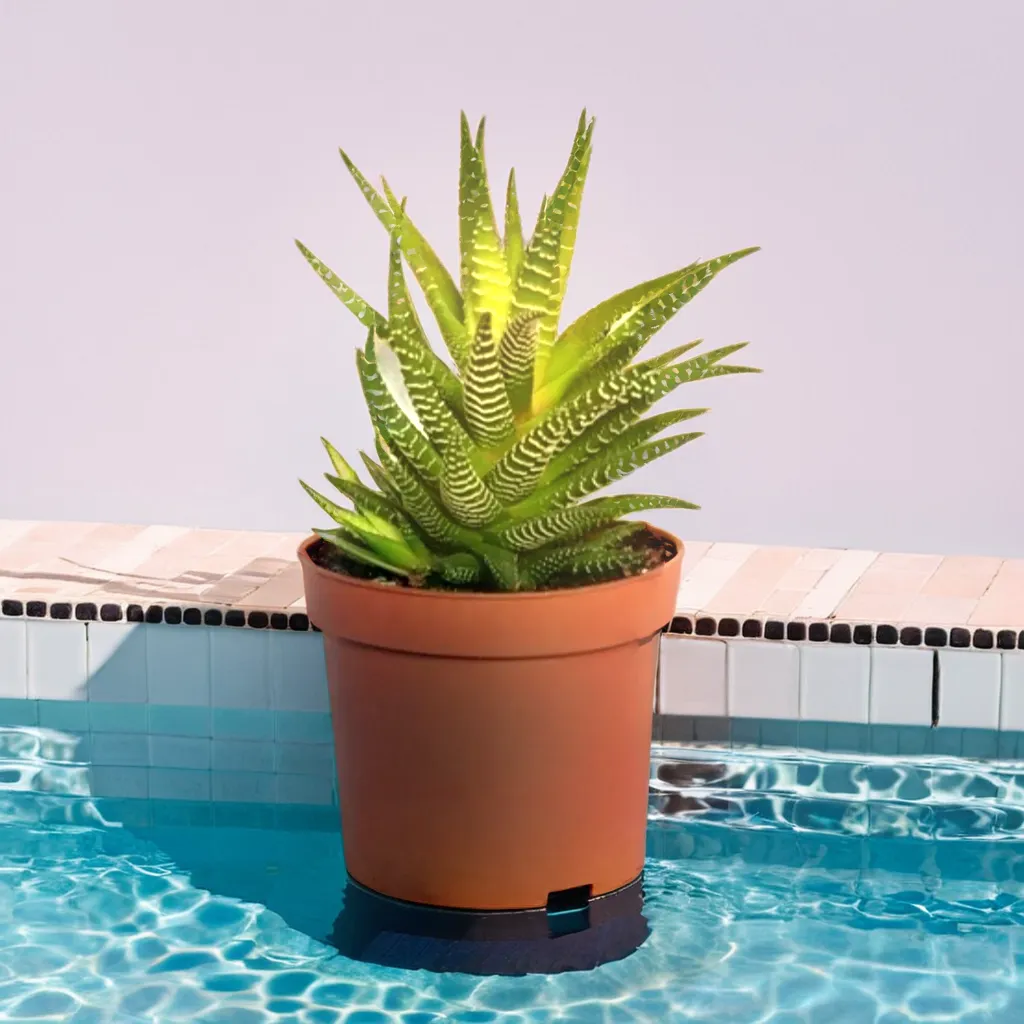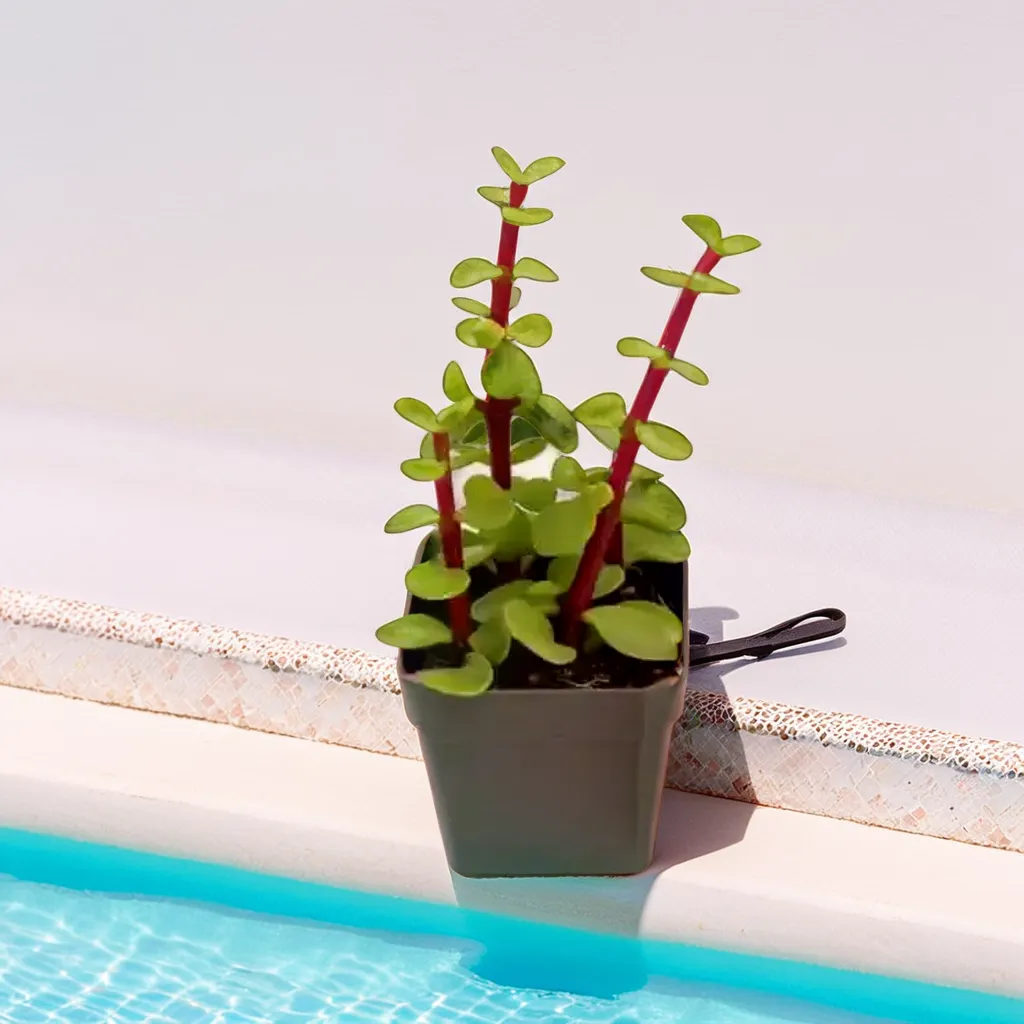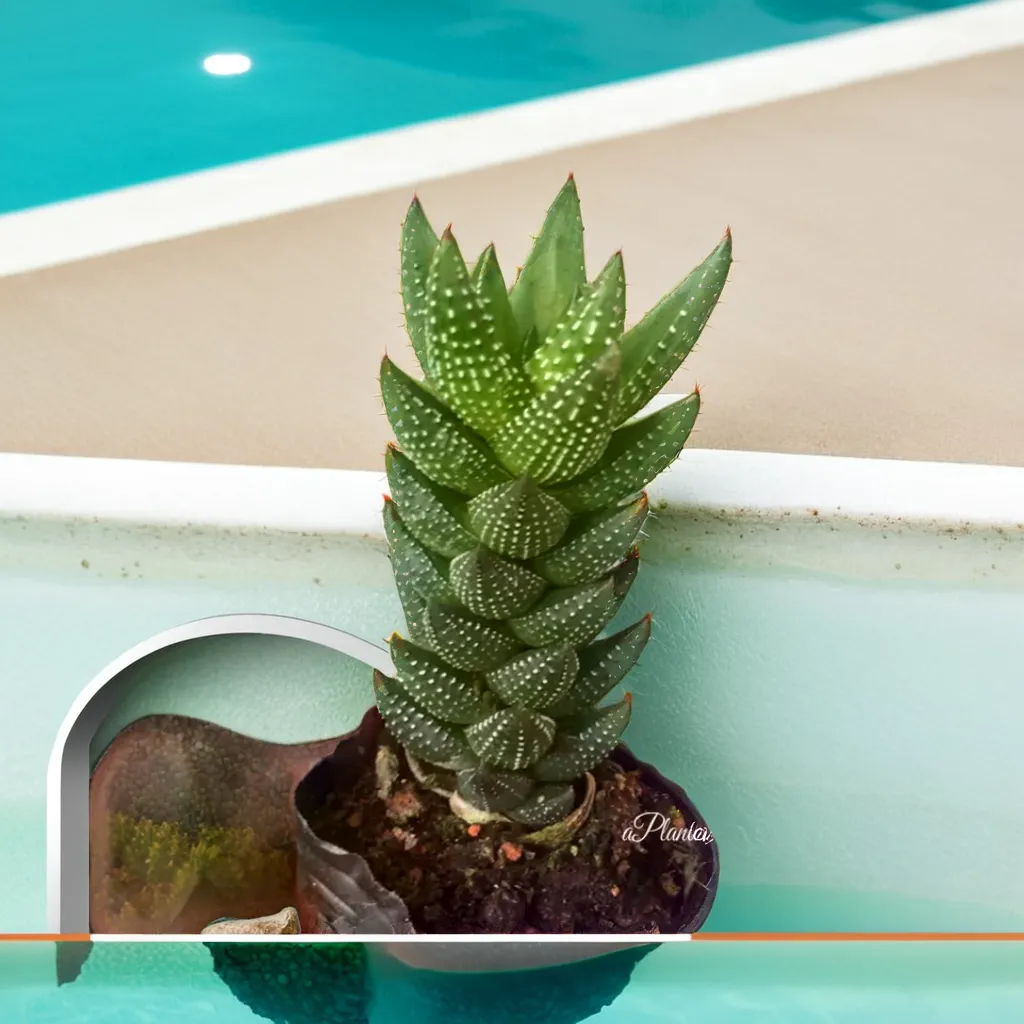Description
Spider plants (Chlorophytum comosum) are popular indoor plants known for their long, arching leaves and ability to produce “spiderettes” or plantlets that hang from the parent plant. They are relatively easy to care for and make excellent houseplants.
How to grow spider plants:
- Choose a healthy spider plant: Start with a healthy spider plant that has well-established roots and green foliage. You can obtain one from a nursery, garden center, or ask a friend who has a spider plant if they have any plantlets you can propagate.
- Select a container: Spider plants are adaptable and can grow in various containers. Choose a pot with drainage holes to prevent waterlogging. A plastic or ceramic pot is a good choice, but ensure it’s large enough to accommodate the plant and has room for growth.
- Potting mix: Spider plants prefer well-draining soil. Use a high-quality potting mix that is loose, well-aerated, and rich in organic matter. You can also mix in some perlite or coarse sand to improve drainage.
- Planting: Fill the chosen pot with the potting mix, leaving enough space for the spider plant’s roots. Place the spider plant in the center of the pot and gently spread out its roots. Cover the roots with soil, leaving the crown (base) of the plant above the soil level.
- Light requirements: Spider plants thrive in bright, indirect light. They can tolerate some shade but prefer a location near a window where they can receive filtered sunlight. Avoid placing them in direct sunlight as it can scorch their leaves.
- Temperature and humidity: Spider plants are adaptable to a wide range of temperatures, but they prefer average room temperatures between 60-75°F (15-24°C). They can tolerate slightly cooler or warmer conditions. Average indoor humidity levels are usually sufficient, but if the air is too dry, consider increasing humidity by misting the leaves or placing a tray of water nearby.
- Watering: Spider plants prefer to be slightly on the drier side, so it’s important not to overwater them. Allow the top inch (2.5 cm) of soil to dry out between waterings, and then water the plant thoroughly until water drains out of the bottom of the pot. Empty any excess water from the saucer to prevent root rot.
- Fertilization: Feed your spider plant with a balanced houseplant fertilizer every two to four weeks during the growing season (spring and summer). Follow the instructions on the fertilizer packaging for the appropriate dosage.
- Propagation: Spider plants are prolific propagators. They produce long, arching stems with small plantlets that can be easily rooted. To propagate, gently detach the plantlets from the stem once they have grown a few inches long. Place them in a glass of water or directly in moist potting soil until roots develop. Then, plant them in their own pots.
- Maintenance: Spider plants are relatively low-maintenance, but they benefit from occasional grooming. Trim off any yellow or brown leaves, as well as spent flowers, to maintain a neat appearance. Regularly dust or wipe the leaves to keep them clean and healthy.
By following these steps, you should be able to successfully grow spider plants and enjoy their graceful foliage in your home.
You can also visit our store to buy succulents online , buy succulent planters, buy fertilizers online with various types of indoor plants and hardy succulents . You can refer to our informational site for more details about plant varieties.Click here for agricultural knowledge information.





